Rich societies across the world have long-standing mythology. They have powerful and graceful Gods and Goddesses, but they also have demons and malevolent entities that aren’t afraid to take center stage.
Nothing is more terrible than the foreboding sensation that the terrifying monster could just be real, hence mothers often tell children stories about these monsters to put them to sleep or to get them to behave appropriately.
Horror films have evolved throughout the years, with these stories being transformed into a visual medium. Despite the fact that visual effects have vastly enhanced their capacity to bring myths to life, filmmakers and writers continue to rely on terrifying ancient legends to keep audiences awake at night.
Since Nosferatu and Frankenstein’s Monster in the 1920s and 1930s, the style of storytelling has changed, but the nature of evil has not, ensuring that folklore and myth will never fail to provide a variety of shocks. We’ve compiled a list of 9 underappreciated horror movie creatures based on mythology.
The movie Antlers explored the horrors of Wendigo
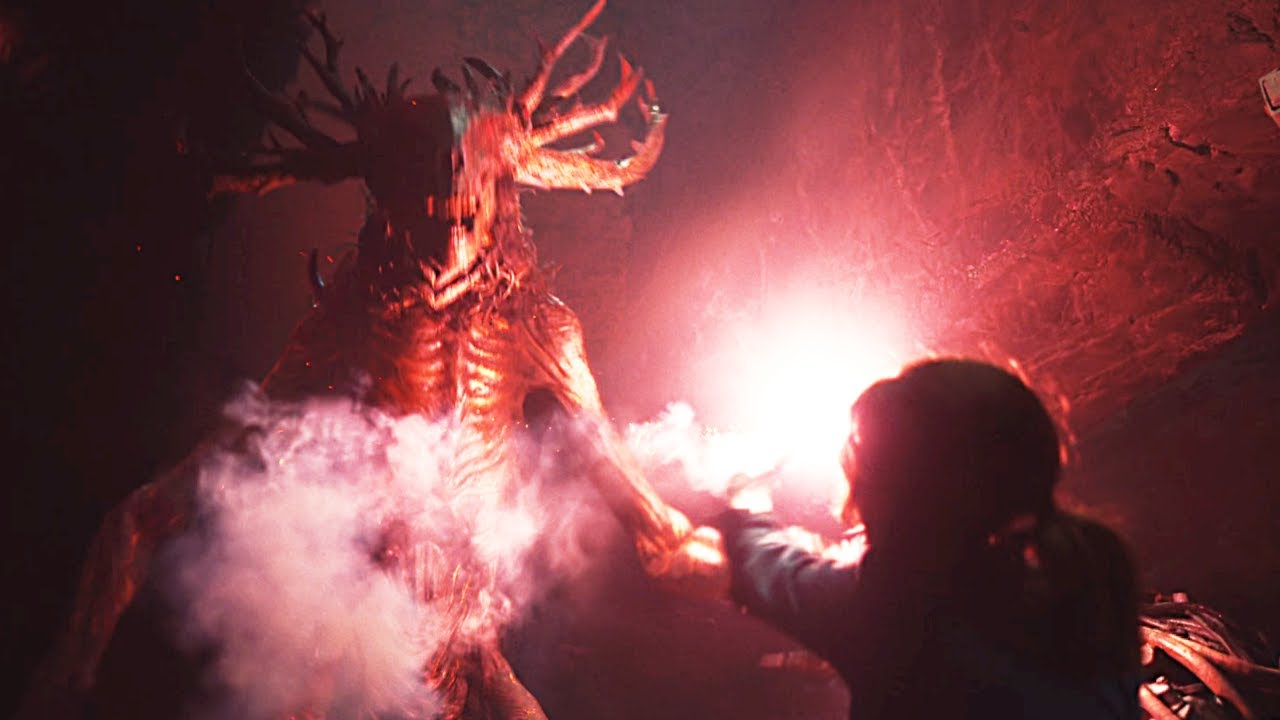
A Wendigo is an anthropomorphic deer-like monstrous creature with roots in Eastern Canadian First Nations legend. In recent years, this wicked, frightening beast has witnessed a horror Renaissance. The fabled beast Wendigo appears in an increasing number of horror films set in forests, but 2021’s Antlers devotes a significant amount of time to exploring the mythological beast’s origins and how to defeat it. The film focuses on Wendigo attacks that happen in a small town in Oregon as a group of young people try and figure out the cause behind the attacks and how to stop them. The film is dark and brutal which further plays on the fear of the Wendigo that exists in myth and folklore.
A malicious being known as a wendigo is claimed to inhabit Minnesota’s north woods, the woodlands of the Great Lake Region, and the central regions of Canada. This creature could resemble a monster with human qualities, or it could be a spirit that has possessed a human and turned them into a monster. Cannibalism, murder, ravenous hunger, and societal taboos against such behavior have all been linked to it in the past. A Wendigo is said to be born anytime a human being resorted to cannibalism in order to survive.
Native American accounts of the creature described a fifteen-foot-tall ghost that had previously been human but had been changed into a creature by sorcery. The Wendigo is described as having glowing eyes, long yellowed fangs, deadly claws, and too lengthy tongues, though each account differs significantly. The creature is reported to have a variety of powers and abilities, including stealth, being a near-perfect hunter, knowing and using every inch of its area, and using black magic to influence the weather. Wendigos are thought to be cursed to walk the country forever in search of human flesh to feed their voracious appetite, and if there is nothing left to eat, they will starve to death. Scared yet? We’re just getting started.
Don’t be afraid of the dark fuelled the fear of Tooth Fairies
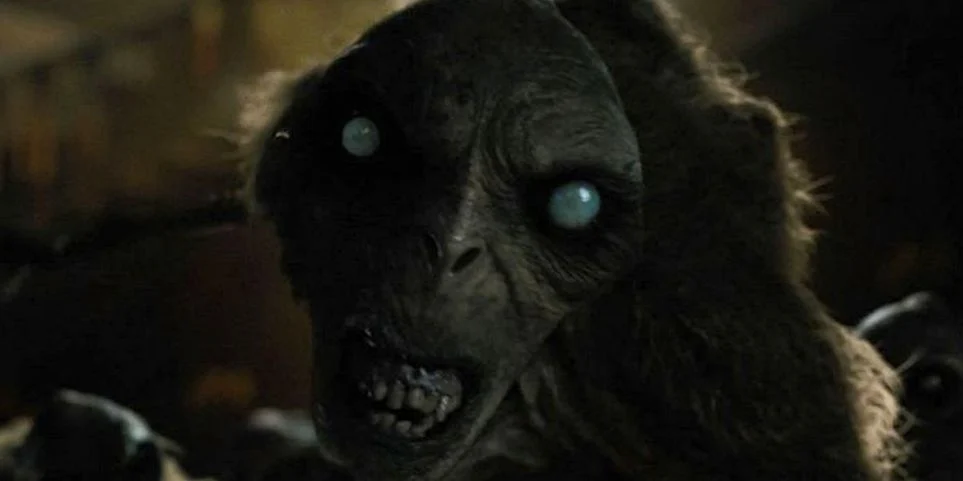
Most of us have fond memories of losing our baby teeth, keeping them under our pillows, only to find them replaced by the tooth fairy in the middle of the night with a dime or a quarter (if you’re lucky enough, then sometimes a dollar as well!). However, tooth fairies aren’t cute pixie-esque creatures in all cultures. In fact, a horrifying twist on the tooth fairy was revealed to audiences in the movie ‘Don’t Be Afraid of the Dark.’ Guillermo Del Toro crafted this nightmare out of myths and tales surrounding tooth fairies and their jobs, creating The Homunculi.
The Homunculi are a legendary race of miniature nocturnal fairy-like creatures from the netherworld who serve as the film’s principal villains. They are also known as “Creatures” or simply “Tooth Fairies.” The homunculi aren’t particularly large, but they’re quick, and there are many more of them than there are of you – think you can outrun them? Think twice. The actual horror of the creatures derives from the fact that they represent how innocent myths can also turn dark.
The movie plot itself revolves around Sally, a curious young girl who resents her mother’s decision to send her to live with her dad and his new partner in a large stuffy house. Sally stumbles across a subterranean cellar while wandering around in the 19th-century manor, where the terrible little creatures lay in wait. They entice Sally to her death by promising to be friends, but what they really want is to tear her apart. They are shown to be old demons who used to feed on the teeth of infants until they needed something more substantial. They’re “tooth fairies” you’d rather not see, and definitely don’t tell any children about!
The Weeping woman mythology-inspired – The Curse of La Llorona
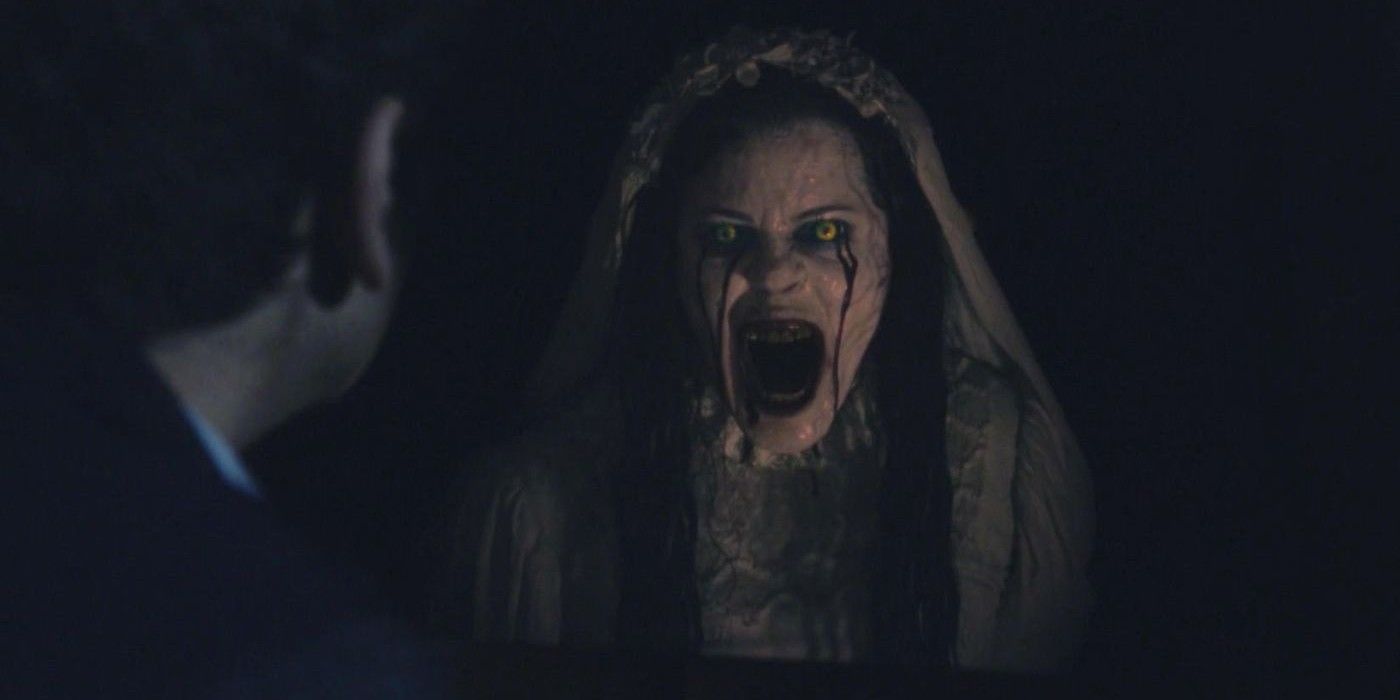
The film, The Curse of La Llorona is completely based on the broadly Mexican legend of La Llorona. A veiled spectre in a white gown haunts a single mother and her two children in the film. The central idea in the film is that the ghost wanted to take the two children away and drown them so they would be with her forever.
Thousands of Mexican youngsters have grown up fearful of La Llorona, a crying woman whose life’s sins have trapped her spirit on Earth, where she terrorizes small children. She’s the stuff of legends—a scary bedtime story and a myth with roots dating back hundreds of years. The story goes as follows –
A long time ago, a woman named Maria married a wealthy man and had two children with him. Then their marriage hit a snag: her husband began to spend less and less time at home, and when he did, he focused solely on the children. After a while, she notices him with another woman.
Some accounts indicate Maria drowned her two children in a fit of wrath, but she quickly regretted it. Maria later drowned herself in despair. When she reached heaven’s gates, however, she was denied admittance and sent back to Earth’s purgatory until she could locate her children. She’s now known as La Llorona, which means “weeping woman” in Spanish. According to folklore, she now hovers in her white, funereal dress above and around bodies of water, forever wailing as she seeks for her lost children.
The film did not completely stick to the actual portrayal of the La Llorona and embellished the details and the way in which the specter actually functions and behaves. However, that is not to negate the fact that La Llorona has inspired many horror films and the truth behind the myth is what makes it so scary.
The legend of Dagon inspired Lovecraftian horror Dagon directed by Stuart Gordon
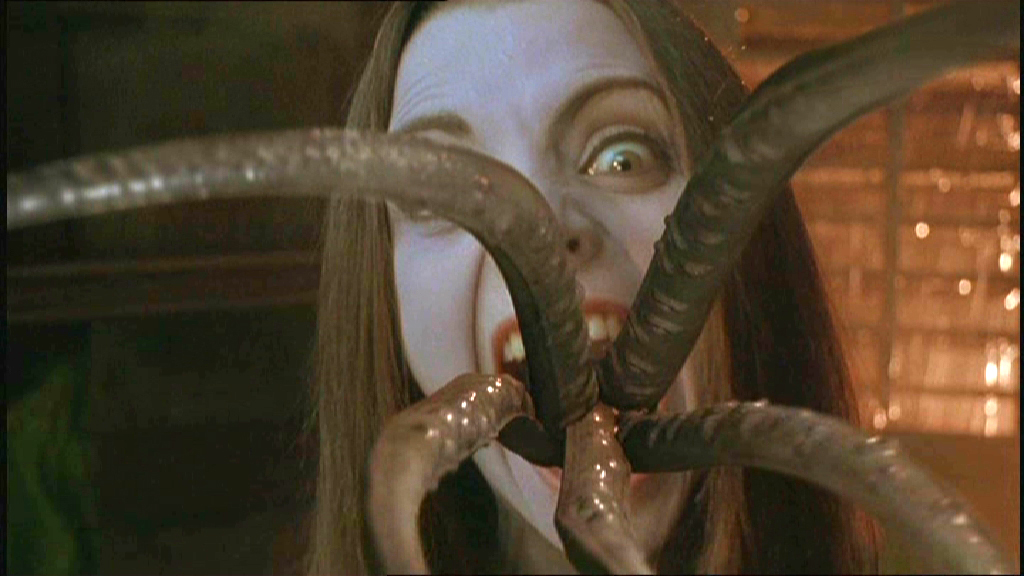
In the 2001 movie Dagon, when a young guy goes on vacation with his wife and friends off the coast of Spain, their yacht breaks down, forcing the group to seek sanctuary in the little fishing community of Imbolc. A sequence of visions involving a gorgeous mermaid plague him, and fiction and reality soon mix into a terrifying universe populated by half-human, half-fish people. The history of the town is recounted by an old alcoholic his chronicles. When the village fell on hard times, they abandoned their faith and hailed Dagon, an ancient Mesopotamian fertility deity who brought them wealth and abundance. Dagon tracks the group’s attempts to evacuate the village before the demonic deity and his minions can force them to become blood sacrifices.
The movie is based on a short story by the master of the macabre himself, H.P Lovecraft however, the entity in question here is rooted in mythology. The early Amorites, as well as the people of Ebla and Ugarit, worshipped Dagon, an ancient Northwest Semitic god. He was also a great god of the biblical Philistines, possibly the chief god. Dagon’s mythological sources are inconsistent.
Dagon was a fertility deity associated with grain and agriculture, according to popular belief today. He may have been confused with the deity Baal/Hadad in some cultures. Some authorities, however, believe he is a merman figure or a fish-deity of the Sea Peoples. Dagon is shown in this manner in the majority of popular representations of him. Dagon is reported to have possessed the form of a fish from his navel down and the figure of a man from his navel up, and his two hands were chopped off.
The fact that this half-fish mythological god-like entity is actually rooted in historical and biblical references makes the movie much scarier because this could happen to you too.
The creepy stories of Dullahan brought about The Headless Horseman
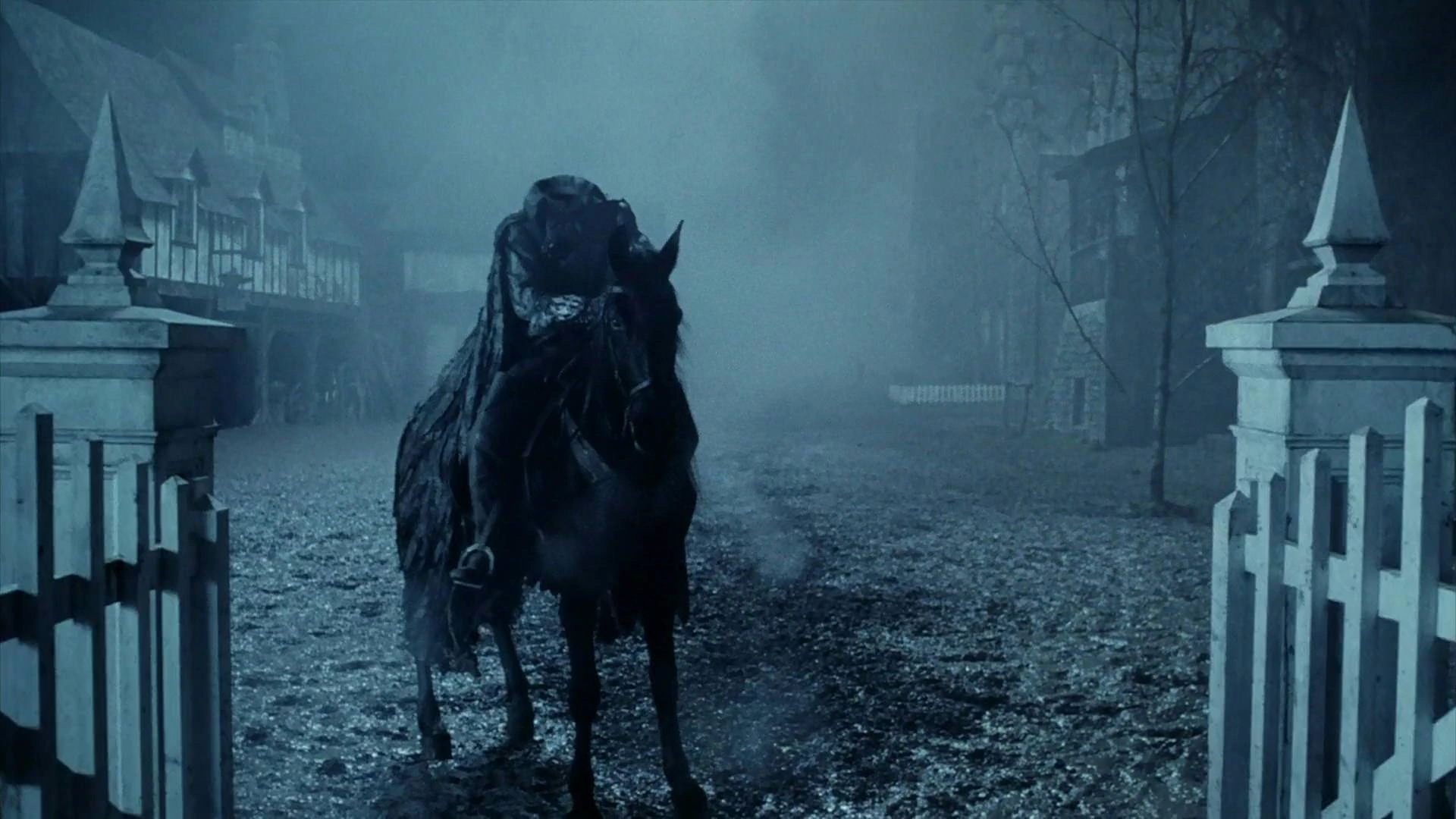
On their way to a party in the remote town of Wormwood, seven college students become entangled in a terrifying Halloween ritual in which they are pursued by a furious ghost intent on chopping off their heads in the 2007 movie, The Headless Horseman. The Headless Horseman happened to be this enraged ghost in the film. Typically shown as a black-clad rider on a black horse, riding out of Hell and functioning under the authority of whoever has taken his head.
Numerous European oral traditions include the fable of a beheaded horseman carrying his own head. Tales of Headless horsemen are many, haunting the highways and byways of isolated areas and even occasionally plundering our city streets, from the Middle English of Gawain and the Green Knight to the stories of the Brothers Grimm.
The Dullahan was a wicked death harbinger whose origins can be traced back to the Celtic legend. He is claimed to be the incarnation of CromDubh, a fertility god who demanded beheading as a type of blood sacrifice. His devotion ended when Christianity arrived in Ireland. He still roams the highways, chanting the names of those sentenced to die and carrying his head, angered by the loss of his sacrifice. When the Dullahan goes out riding, it’s to collect the soul of some unfortunate victim, and legend has it that when he stops riding and screams out their name, they drop dead right there. He’s claimed to have moldy cheese skin, odor like rotting corpses, and using a human spinal cord as his ungodly whip.
WB Yeats edited Fairy and Folk Tales of the Irish Peasantry, which includes a record of the Dullahan. The headless horseman from Washington Irving’s novel The Legend of Sleepy Hollow, set in rural New York, is the most famous and long-lasting variation of the Dullahan figure.
The Golem and Frankenstein brought back memories of the legend of the Golem monster!
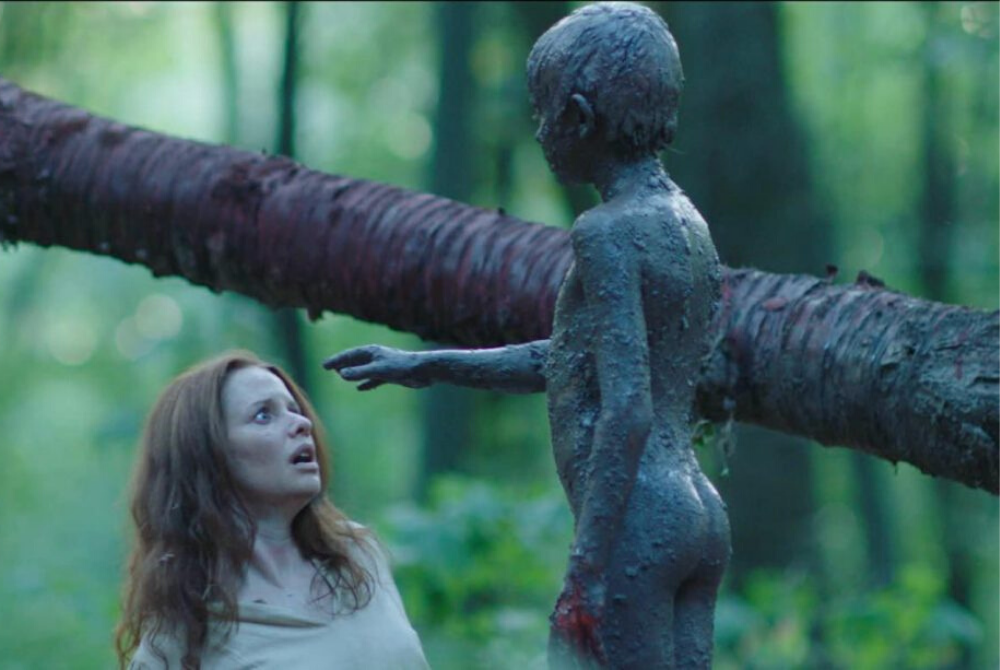
The Golem is the name given to the entity of the monster in ancient Hebraic mythology. It’s made of inanimate substance and then given life by its creator, usually for the aim of scaring people who might oppose them in some way.
In Jewish folklore, a golem was a picture that was endowed with life. It took on its current meaning during the Middle Ages when various legends arose about wise men who could raise effigies to life using a charm or a combination of letters spelling out a sacred word or one of God’s names. The letters were written on paper and placed in the mouth or on the head of the golem. The deactivation of the golem was caused by the removal of the letters. Early golem stories frequently depicted the golem as a faultless servant, with his main flaw being an overly literal or mechanical execution of his master’s orders. The golem gained a reputation as a guardian of Jews during their persecution in the 16th century, but it also had a scary component.
Frankenstein’s Monster, the monster stitched together from many corpses by Dr. Victor Frankenstein, has had many different cinematic versions. The first, starring Boris Karloff and released in 1931, is still considered one of the most terrifying. The monster was inspired by the idea of the golem because here too, Dr. Frankenstein gave life to a mound of corpses he shaped and put together.
A more direct inspiration can be seen in the movie titled The Golem which was released in the year 2018. This was a period Israeli supernatural horror film centering on the legend of the Golem itself as a young woman creates a Golem to protect her family and community. However, things go horribly wrong – never think you can control the supernatural.
Leprechaun was seen in various movies, most notably the Leprechaun franchise!
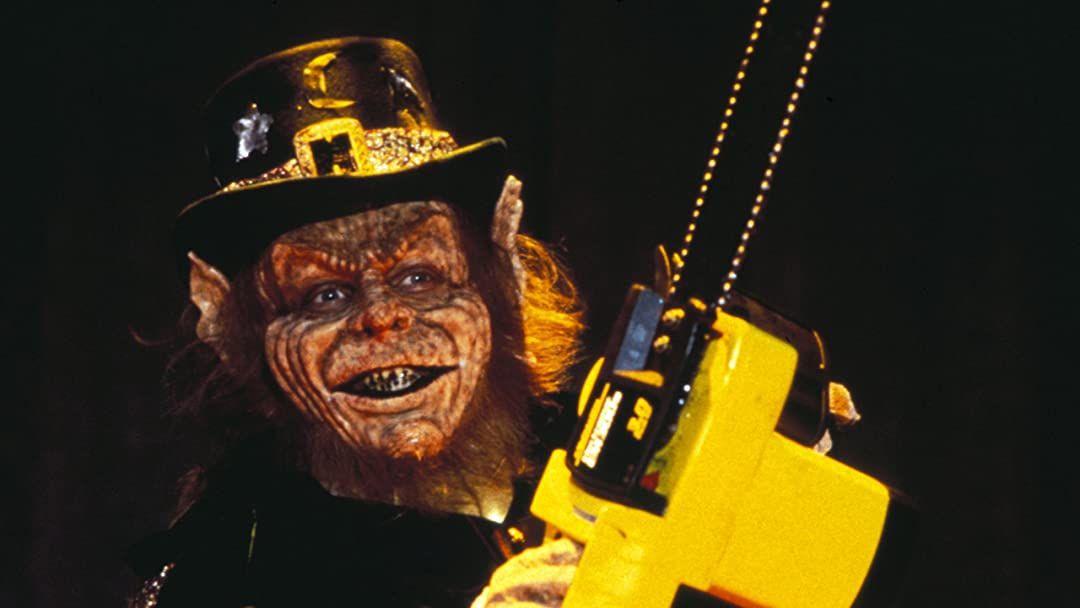
Another Irish mythology-based creature is the Leprechaun. Leprechauns are the spawn of demons and fairies, according to Irish mythology. They’re cunning animals who hoard gold and enjoy playing practical pranks on unsuspecting people in search of their loot. They can be pleasant and grant human wishes on rare occasions, but humans’ greed is generally their doom when they ask for too much.
A leprechaun is typically shown as an elderly guy with a red or white beard and a red or green coat. The leprechaun is usually depicted as being no taller than a young child, wearing a beard and cap, and perched on a toadstool. Irish leprechauns are well-known in American pop culture, from sports to entertainment to food! Leprechauns, who are known for guarding gold pots, floating down rainbows, and generally causing trouble, are out in full force for Saint Patrick’s Day.
Until it was relaunched in 2014, Warwick Davis featured in the entire Leprechaun film series, about a particularly nasty leprechaun who didn’t simply play pranks on people; he killed them. His performance was both horrifying and amusing. The Leprechaun film series is an eight-picture American horror comedy film series. The series begins with Leprechaun and follows LubdanButtowski, a wicked and deadly leprechaun who, when his gold is taken from him, turns to any methods required to retrieve it. The slasher theme is extremely evident and it is spine-chilling to watch a creature that is otherwise seen as more or less non-lethal in folktales and popular culture as a razor-toothed slasher.
The Pale Man was inspired by the legend of the Cyclops
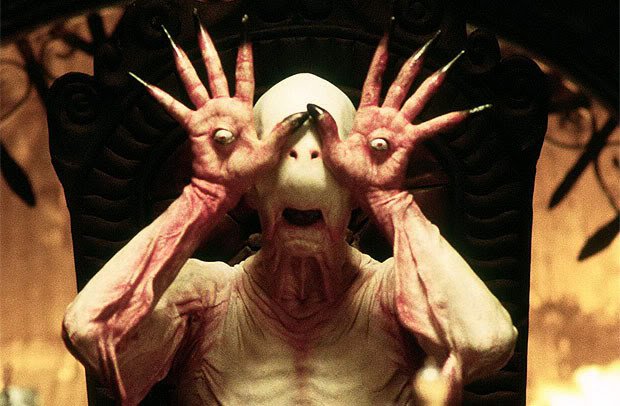
Guillermo Del Toro is not only one of his generation’s most original directors but also one of the most creative monster creators. The Pale Man is one of his most memorable monsters, and Pan’s Labyrinth is one of the most fanciful examples of his mental action. Stigmata, Goya paintings, and Cyclops are all inspirations for The Pale Man. The Pale Man is portrayed as a terrifying-looking pale-skinned humanoid monstrosity with his eyeballs in the palms of his hands. He is quite horrific to look at but his physical features and the eyeballs in the palms of his hands are weirdly reminiscent of the mythological creature, the Cyclops.
Cyclops were scary Greek mythological beings, sometimes represented as men or giants, but always with one enormous eye in the center of their forehead. They frequently appear in Greek myths when the hero or heroine must pass a difficult test, such as in Pan’s Labyrinth.
Cyclops, in Greek mythology, is any of several one-eyed giants to whom various histories and actions were assigned in Greek fiction and literature. The Cyclopes were cannibals who lived a harsh pastoral existence in a remote place, traditionally Sicily, according to Homer, and the Odyssey features a well-known event in which Odysseus saves his life by blinding the Cyclops Polyphemus. The Cyclopes, according to Hesiod, were three sons of Uranus and Gaea who created Zeus’ thunderbolts: Arges, Brontes, and Steropes. The Pale Man is a warped version of these mythological creatures, taking the uncanniest aspects of the being to create something even more unsettling.
Trollhunter and the Norse mythology brought to life
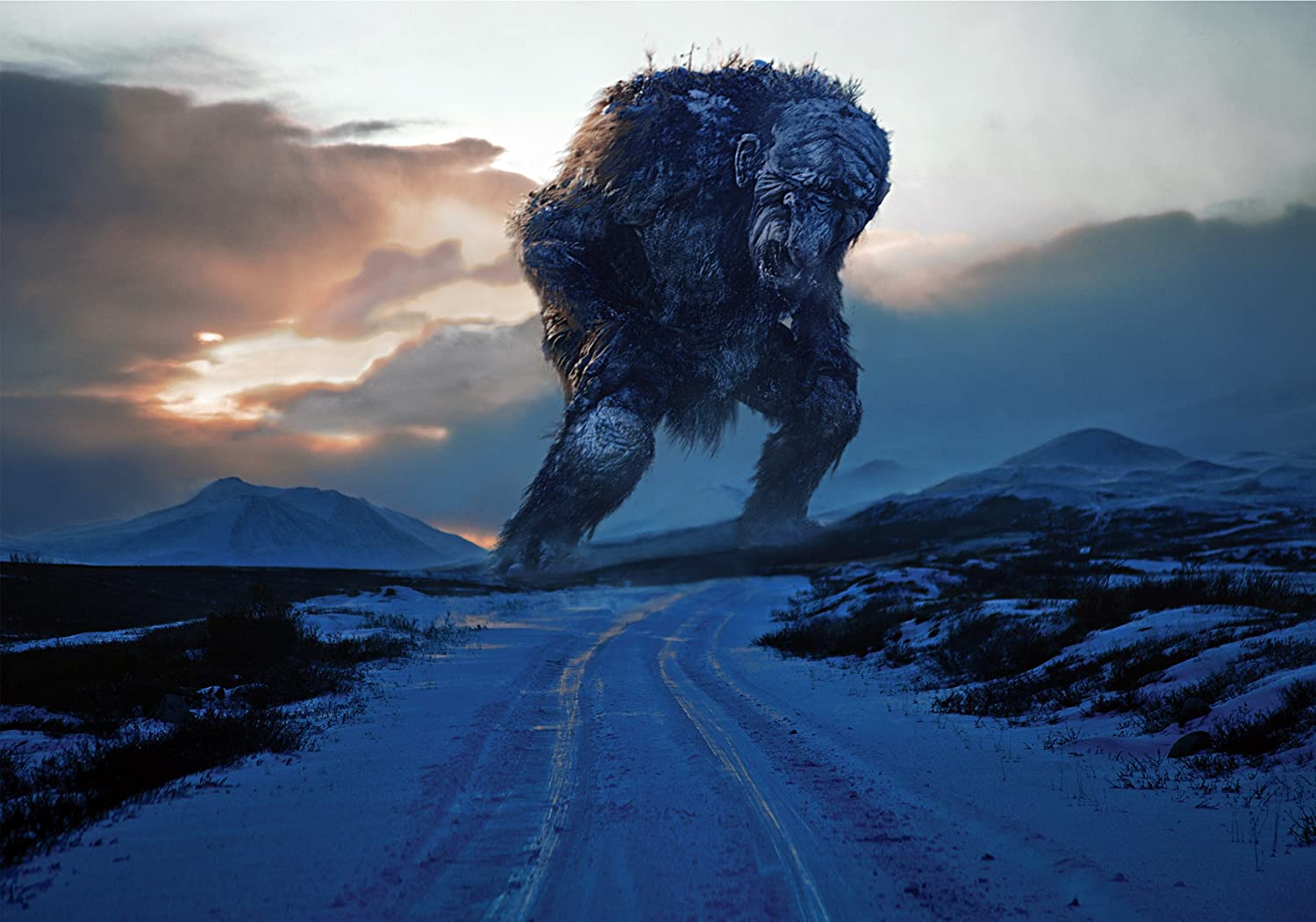
Last but not least we have an entry from Norse mythology. Trolls are a fascinating part of Norse and Scandinavian mythology that has been bizarrely hijacked as charming and musically inclined children’s mascots, although they have a long history of being cruel to humans. Trolls are creatures from Nordic folklore and mythology, notably Norse mythology. Trolls are depicted as beings who live in isolated locations like rocks, mountains, or caverns, live in small family units and are rarely helpful to humans in Old Norse literature.
Trolls became creatures in their own right in later Scandinavian legend, where they live far from human habitation, are not Christianized and are considered hazardous to humans. Trolls’ appearance varies significantly depending on the source; they can be ugly and slow-witted, or they can look and act just like humans, with no particularly repulsive characteristics. What distinguishes them, according to John Lindow, is that they are not Christian, and those who come into contact with them are unfamiliar with them. Trolls, regardless of how well they got along with Christian culture, were always dangerous, because trolls have a history of capturing and ravaging a farm or estate.
Trolls have been depicted in a variety of ways in films, but Trollhunter is a stunning Norwegian faux documentary that strips away all romanticism and portrays trolls as massive and obnoxious monsters. Trollhunter’s honest gaze on these monsters makes them feel new and undiscovered. The film is a huge hit and a stunning work of art.
In Scandinavian legend, trolls are occasionally associated with certain landmarks, which are sometimes described as having been made by a troll exposed to sunlight. In modern popular culture, trolls are depicted in a number of media.
The fact that these terrifying creatures are not just purely the figment of a writer’s imagination is what makes these movies truly scary. There is a lot of dark and ominous imagery in most cultures and mythologies that make for excellent choices as far as horror films go because what better way to scare a person than by warping the horror tales they have heard ever since they were little? Do you know any mythology-based movie monsters? Let us know in the comments section below!
